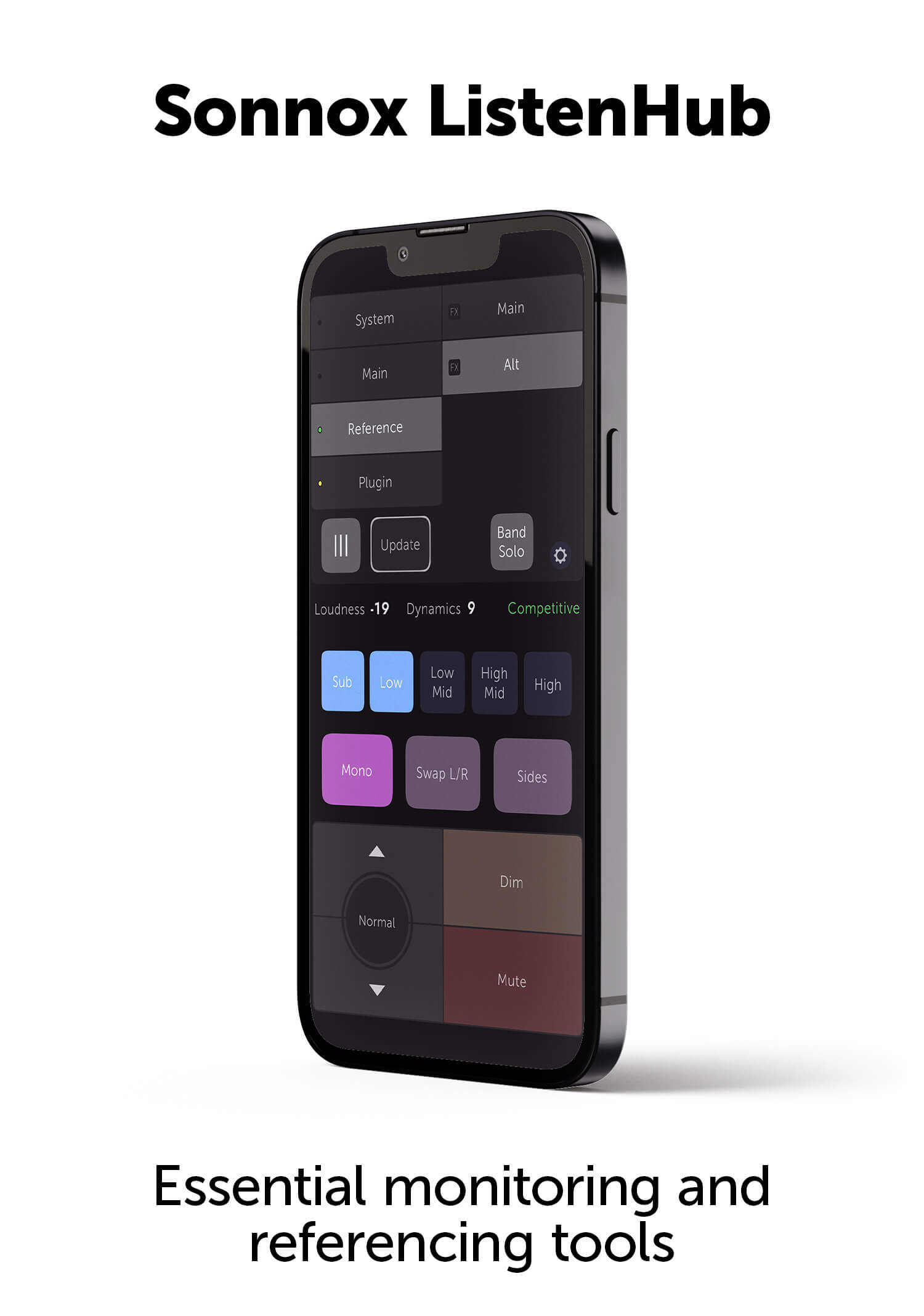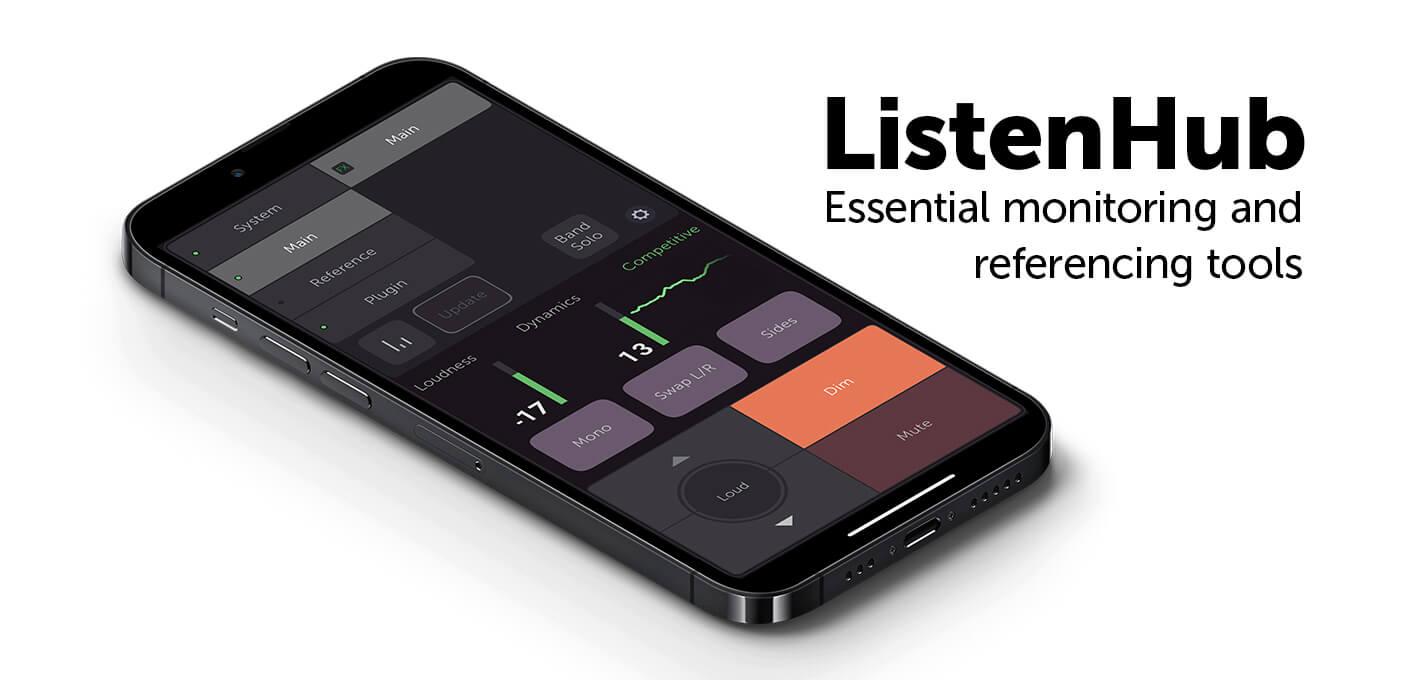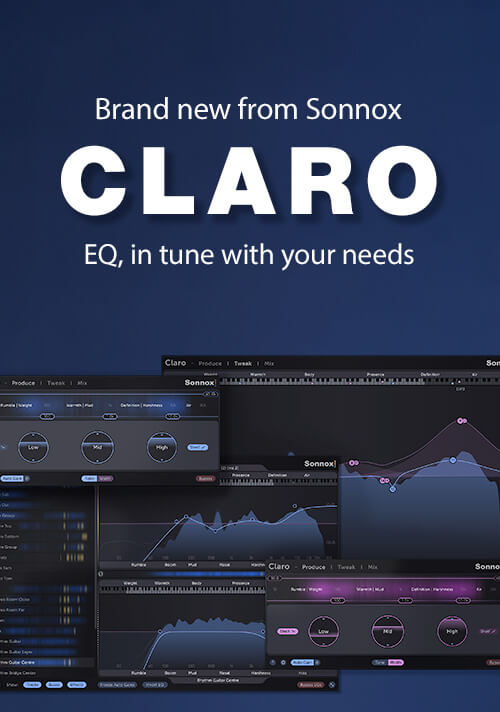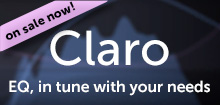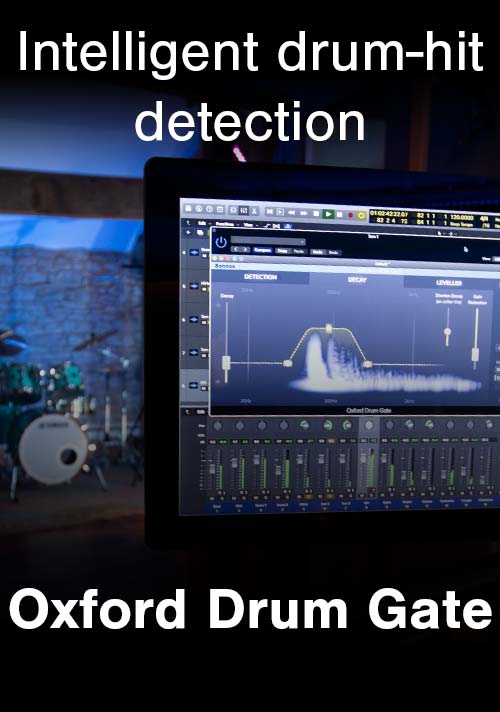Andrew Thornton
Live with Girls Aloud and Sonnox
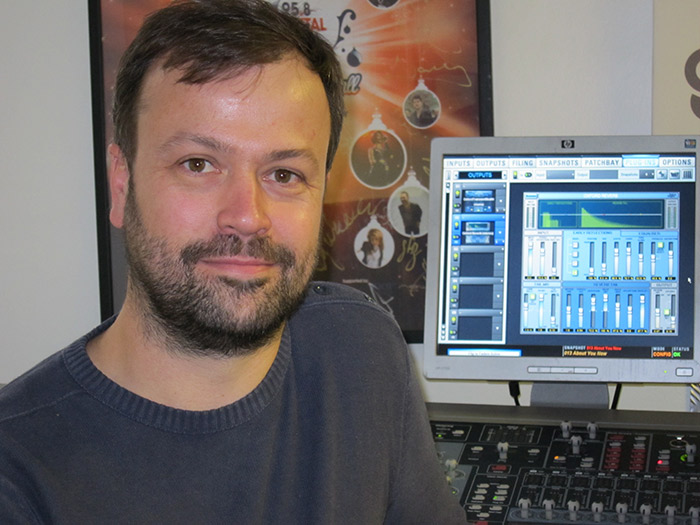
There are live acts. Then there are Brit Award-winning live acts such as Girls Aloud - with 20 consecutive UK Top 10 singles, two platinum UK number one albums and a listing by the Guinness World Records as the “Most Successful Reality TV Group.” But reproducing their studio sound in front of millions of fans requires a combination of FOH mixing skills and high-end gear. With over a dozen years of live mixing experience for the likes of Sugababes and Jamiroquai, Andrew Thornton is just the man for the job. With a Digidesign Venue and a USB key full of plug-ins, including Sonnox Oxfords, he gets Girls Aloud sounding as good as they look.
It sounds like the road keeps you quite busy?
Yeah. Right now I’m jumping between three or four different pop gigs in the UK and it’s keeping me very busy.
For all my bands I spec a Digidesign Venue console. I travel with an iLok and a USB stick full of installers. I just stick it in, load up and off we go.
The Girls Aloud tour was amazing, we were doing multiple nights in every arena in the country. It was a big production and a great show.
Which Oxford plug-ins did you use?
The first one I tried was Transient Modulator. Another live engineer friend of mine said I should check out this out. I loved it right away and used it on snare drum, kick drum and electric bass. I really like it; it’s got a wicked analogy-punchy sound to it.
With the snare drum, it helps me get that extra snap in there that you might be missing off a slightly dead sounding drum. When using it on bass, I would also play with the Overdrive section to go for kind of a harder tone, and that worked really well.
I also used it on kick drum as well, especially when I needed a slightly harder, sharper sound. Always with those kinds of bands, you’re given a load of percussion and other drums coming from an electronic source/playback system of some kind. So the drummer therefore has to ‘sit’ within that. Everyone likes to have that kind of live drum sound, but it has to fit within that very tight electronic sounding world. So the live show is much more ‘band’ sounding with more edge, and the Transient Modulator helps me get the kick, and snare, to sound as good as these really highly processed studio sounds.
So what else did you use?
I also used the Oxford Reverb. Actually, I have a lot of different reverbs, and at first I thought why should I use another one? I didn’t think I needed anything else but then I listened to it and really liked it. I was really impressed – it was not a boring, digital sounding normal reverb. Its got some really cool, unusual sounds that have smoothness to them. Its got some nice spaces that don’t sound like a cheap reverb. Its interesting because I started the tour without these plug ins and was kind of sticking them in as I went along. I ended up setting up the Oxford Reverb as one of my longer vocal reverbs. It didn’t have any kind of brittle, harsh overtones and I thought it sounded really great.
How about the Oxford Dynamics?
Yes, I really liked the Dynamics plug-in as well. It’s got a lot of tools in one plug-in and the compressor had a really nice, squishy, slightly pumping analogue sound out of it. Actually, it’s quite difficult to get that sound out of a plug-in, but it came quite easily with this one. With the settings that came up, you could just drop the Threshold down and you’re up and running straight away. It’s actually very nice and I look forward to using it more.
So what’s next for you?
I’ve got a couple of new projects coming up, including a solo female singer called Pixie Lott. She’s kind of getting really big here in the UK and we just confirmed the new tour today actually. She’ll be opening for Rihanna on her European tour. So I’ll be taking the board and the plug-ins out with her for sure!
Interview and editorial provided by Rich Tozzoli
